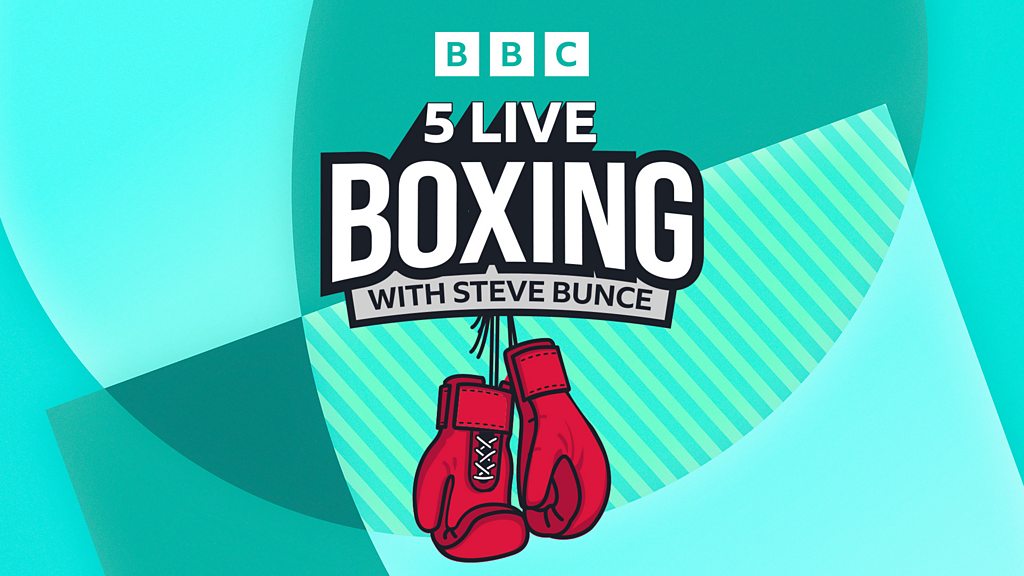5 Essential Templates for Brand Strategy to Elevate Your Brand

To raise your brand effectively, utilizing vital templates can provide you with a clear framework. Each template serves a distinct purpose, from organizing your brand strategy to defining your audience. For instance, a Brand Strategy Project Template improves collaboration, as a Logo Brief Template aligns your visual identity with your brand’s core values. Comprehending these tools is imperative for successful brand development, and knowing how to implement them can greatly impact your brand’s market presence. Let’s explore these templates further.
Key Takeaways

- Utilize the Brand Strategy Project Template to streamline collaboration and organization throughout the brand development process.
- Implement the Logo Brief Template to clearly define your logo’s purpose, audience, and brand values for effective design.
- Use the Brand Positioning Map Template to visualize your brand’s market position and identify opportunities against competitors.
- Create detailed profiles with the Customer Persona Template to understand your target audience’s goals, preferences, and purchasing motivations.
- Develop a cohesive brand aesthetic using the Brand Moodboard Template to align visual elements and inspire creative direction.
Brand Strategy Project Template

The Brand Strategy Project Template acts as a central hub that streamlines your team’s collaborative efforts in developing a cohesive brand strategy.
This brand management strategy template is customizable, making it suitable for both team workshops and client interactions. By supporting remote collaboration during the discovery phase, it allows you to gather insights and brainstorm ideas effectively.
Organizing research, thinking, and idea generation in one accessible location improves project efficiency. Regular use of this brand strategy template free aids in tracking progress and adjusting your branding strategies over time.
It guarantees all team members are aligned with the objectives, nurturing a collaborative environment that eventually leads to a stronger brand presence. Utilize it to boost your brand strategy process.
Logo Brief Template

Creating a strong logo is a fundamental part of your brand strategy. A logo brief template serves as the foundation for your design project by outlining critical components.
When using this branding template, include:
- Goals: What do you want your logo to achieve?
- Background: Provide context about your brand and its mission.
- Target Audience: Who are you reaching with this logo?
- Brand Values: What values should the logo reflect?
- Competitors: Identify key competitors and how your logo can stand out.
Brand Positioning Map Template

A Brand Positioning Map Template is essential for visualizing your brand’s position in the marketplace. This brand strategy template helps you identify market opportunities by plotting your brand against competitors based on key attributes like price and quality.
By doing this, you can clearly see gaps in the market, allowing for informed strategic planning. Regularly updating your Brand Positioning Map guarantees that your brand stays relevant and effectively communicates its unique value proposition.
This tool is particularly beneficial when designing new logos or during rebranding efforts, as it clarifies how your brand should be perceived. Incorporating this brand development template into your strategy will improve decision-making and strengthen your overall brand positioning.
Customer Persona Template

Comprehending your target audience is crucial in developing effective marketing strategies, so leveraging a Customer Persona Template can greatly improve your approach.
This template helps you craft detailed profiles of your ideal customers, enabling you to customize your brand strategy format. Here are key aspects to include in your customer persona:
- Demographics: Age, gender, income, and location
- Goals: What your customers aspire to achieve
- Pain Points: Challenges they face that your product can solve
- Preferences: Shopping habits and brand affinities
- Motivations: Factors that influence their purchasing decisions
Using free branding templates, like the Customer Persona Template, can considerably enhance your marketing efforts and lead to better engagement, in the end boosting conversion rates and customer retention.
Regularly update these personas to stay aligned with market trends.
Brand Moodboard Template

Visual tools play a significant role in establishing a brand’s cohesive style and direction, and a Brand Moodboard Template is an effective way to achieve this.
This template serves as a brand design template, allowing you to visualize key elements like images, colors, and typography. By including placeholders for these components, you facilitate quick sharing of visual concepts among your team.
Using a company branding template encourages creative exploration, ensuring everyone aligns on brand themes. A well-crafted moodboard saves time during the design phase by providing a clear reference for visual aesthetics and identity.
It improves communication among designers and marketers, ultimately leading to a more effective brand strategy and consistent messaging across various channels.
Frequently Asked Questions

What Are the 4 C’s of Brand Strategy?
The 4 C’s of brand strategy are Clarity, Consistency, Connectivity, and Community.
Clarity means you clearly define your brand’s purpose and values so customers understand what you stand for.
Consistency involves maintaining uniform messaging across all channels, reinforcing brand recognition.
Connectivity focuses on creating emotional ties with consumers, promoting loyalty.
Finally, Community emphasizes building a loyal customer base, which can drive advocacy and attract new customers through shared values and word-of-mouth.
What Is the 3 7 27 Rule of Branding?
The 3-7-27 Rule of Branding emphasizes effective communication of your brand’s core message. In the first three seconds, you should capture attention with a clear, impactful statement.
Use the next seven seconds to provide supporting details, elaborating on your brand’s values or benefits.
Finally, in 27 seconds, engage your audience with deeper insights, nurturing a connection. This approach improves brand recall and encourages customer loyalty by catering to different levels of consumer interest.
What Are the 5 Pillars of Brand Strategy?
The five pillars of brand strategy include Brand Purpose, which defines why your brand exists; Brand Values, reflecting the principles that shape behavior; Brand Mission, outlining specific objectives; Brand Identity, encompassing visual elements like logos and colors; and Brand Messaging, crafting a compelling narrative.
Each pillar plays an essential role in guiding your branding efforts. You should guarantee they align with customer needs, nurturing connections and differentiating your brand in the market.
How Do You Elevate Your Brand?
To raise your brand, start by defining its unique values and personality, ensuring they resonate with your target audience.
Consistently communicate these elements across all channels to strengthen recognition.
Implement a clear brand strategy with measurable goals, allowing you to track progress and make necessary adjustments.
Focus on building emotional connections through engaging content, as this nurtures loyalty.
Regularly assess your brand’s performance and adapt strategies based on customer feedback and market trends.
Conclusion

By utilizing these five crucial templates, you can greatly improve your brand strategy. Each template serves a specific purpose, from organizing your project to defining your audience and visual identity. Implementing these tools will streamline your branding process, ensuring that every aspect aligns with your core values and goals. As you integrate these resources into your strategy, you’ll gain valuable insights that will help you differentiate your brand in a competitive market. Start applying them today for enhanced clarity and effectiveness.
Image Via Envato
This article, "5 Essential Templates for Brand Strategy to Elevate Your Brand" was first published on Small Business Trends
What's Your Reaction?
 Like
0
Like
0
 Dislike
0
Dislike
0
 Love
0
Love
0
 Funny
0
Funny
0
 Angry
0
Angry
0
 Sad
0
Sad
0
 Wow
0
Wow
0






























































































